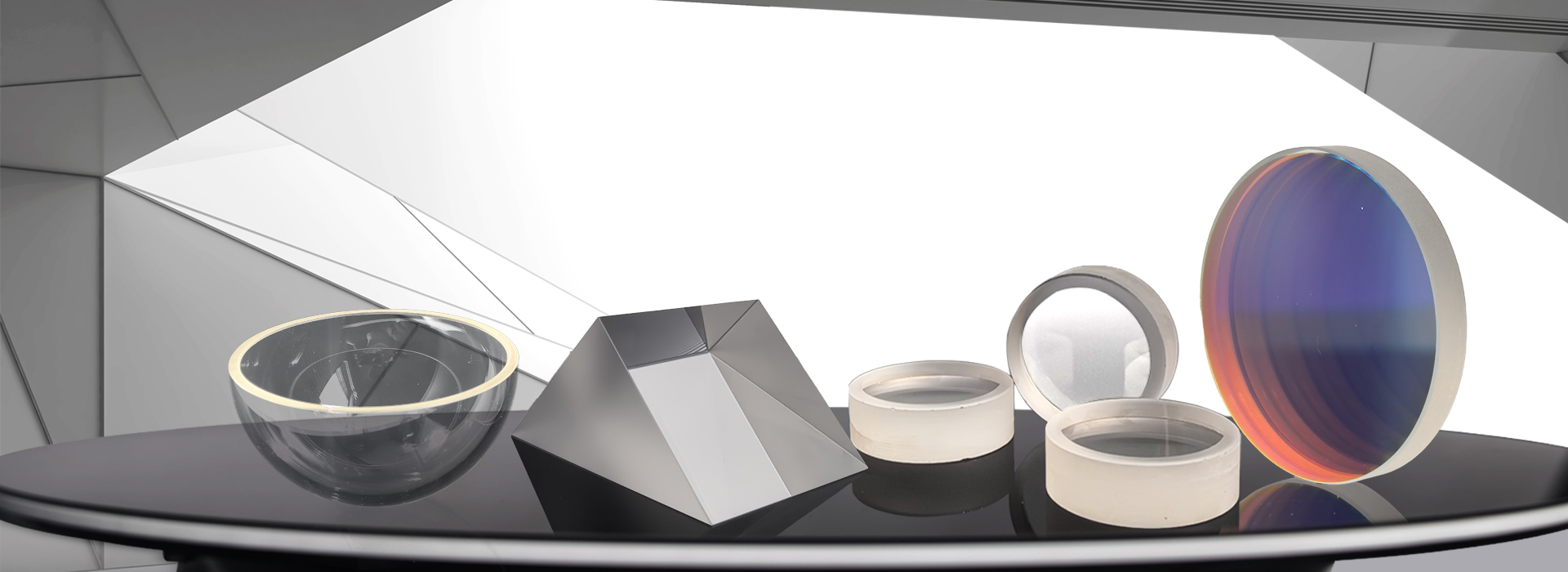Optical components are widely and critically used in machine vision. Machine vision, as an important branch of artificial intelligence, simulates the human visual system, using computers, cameras and other equipment to capture, process and analyze images to achieve measurement, judgment and control and other functions. In this process, optical components play an irreplaceable role. The following are the specific applications of optical components from the professional optical components companies in machine vision:
Lens is one of the most common optical components in machine vision, acting as the “eye” responsible for focusing and forming clear images. Lenses can be categorized into convex and concave lenses according to their shape, which are used to converge and diverge light respectively. In machine vision systems, the selection and configuration of lenses is critical to capturing high-quality images, directly affecting the resolution and image quality of the system.
Applications: In cameras and camcorders, lenses are used to adjust the focal length and aperture to obtain clear and accurate images. In addition, in precision instruments such as microscopes and telescopes, lenses are also used to magnify and focus the image, allowing the user to observe finer structures and details!

2. Mirrors alter the light path through the principle of reflection, which is especially important in machine vision applications where space is limited or a specific viewing angle is required. The use of mirrors enhances system flexibility, allowing machine vision systems to capture objects from multiple angles and obtain more comprehensive information.
Applications: In laser marking and cutting systems, optical mirrors are used to guide the laser beam along a predetermined path for precise processing and cutting. In addition, mirrors are used in industrial automated production lines to build complex optical systems to meet the requirements of various application scenarios.
3. Filters are optical elements that selectively transmit or reflect light of a specific wavelength. In machine vision, filter lenses are often used to adjust the color, intensity and distribution of light to improve image quality and system performance.
Applications: In image sensors and cameras, optical filters are used to filter out unwanted spectral components (e.g., infrared and ultraviolet) to reduce image noise and interference. In addition, in special application scenarios (e.g., fluorescence detection and infrared thermography), filter lenses are used to selectively transmit specific wavelengths of light for specific detection purposes.
4. Prism in the machine vision system is to disperse light and display spectral information of different wavelengths. This property makes prisms an important tool for spectral analysis and color detection. By analyzing the spectral properties of light reflected or transmitted through an object, machine vision systems can perform more accurate material identification, quality control and classification.
Applications: In spectrometers and color detection equipment, optical prisms are used to disperse incident light into different wavelength components, which are then received by detectors for analysis and identification.
The applications of optics in machine vision are varied and vital. They not only improve image quality and system performance, but also expand the application areas of machine vision technology. Joucen Optics specializes in the production of a wide range of optical components for machine vision applications. With the continuous development and innovation of technology, we can expect more advanced optical components to be used in machine vision systems to achieve a higher level of automation and intelligence.